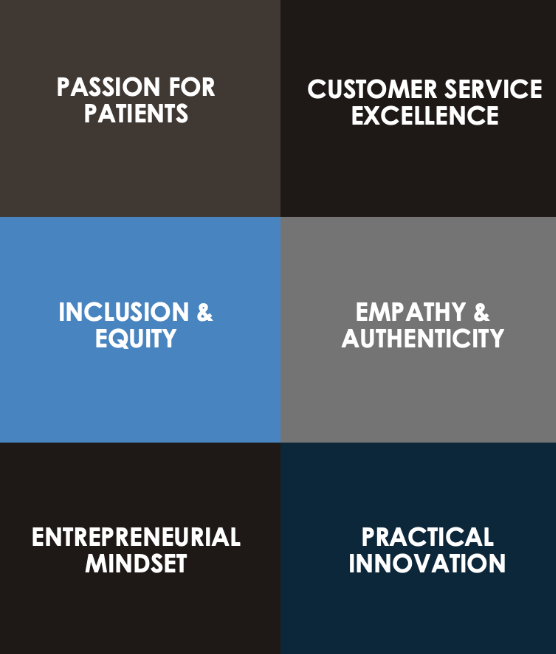By Jenn Mason, as published in PM360, November 13, 2023
(…) When those closest to you have difficulty empathizing with the patient’s journey, imagine the value in being able to reliably offer that empathy to those patients in the market for your company’s products. (…) The moment a person learns that they are now a patient—usually around the time of diagnosis—the patient journey zig zags through the five stages of grief: Denial, Anger, Bargaining, Depression, and Acceptance. However, that journey is not linear, and patients will bounce back and forth between the stages often, sometimes even within the same phone call. Apart from feeling overwhelmed, confused, and tired, many patients also report feeling isolated: They don’t know whom to talk to or where to turn. No one else quite understands what it feels like to live with the condition, and they’ll tell you to “take a nap.” If you have a rare disease, you may never meet another person living with the same condition.
By providing empathetic support from a professional team, biopharma brands can help patients remove barriers in their journey to treatment. The relationship established is neither simply transactional nor 100% standardizable. (…)
The Flexible Patient Support Model
The role of a Health Educator is to make authentic connections with patients. They lead with empathy and understanding, interacting on a personal, individual level. The team includes varied cultural and healthcare backgrounds (…). Of course, the exact composition of the team will have to be customized by brand and patient needs.
For this to work well, the operating model must have enough guardrails to remain compliant and be flexible enough to truly meet each person exactly where they are with no guesswork or presumptions. This means it cannot be over-engineered. Instead, common sense and tactical decisions on who to contact, how often, and how to reach out will drive the program forward. Each touchpoint informs the next one without the rigidity of a traditional customer relationship management (CRM) program.
Channels, Content, Timing, Format
(…) It is not a given what each patient needs in any given moment. The art is to cocreate content that addresses the patient’s current situation and that is compatible with their preferred method of communication. (…)
(…)
It should be the goal of all of us in healthcare marketing to move beyond the transactional. Our products and services are important and central to the value we bring to the table, but we can only maximize their impact if we treat patients as more than just consumers. It is what each of us expects for ourselves as well. [Read the entire article at PM360]













